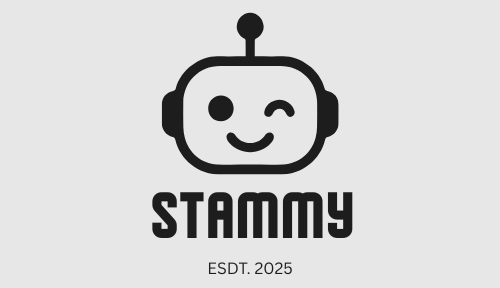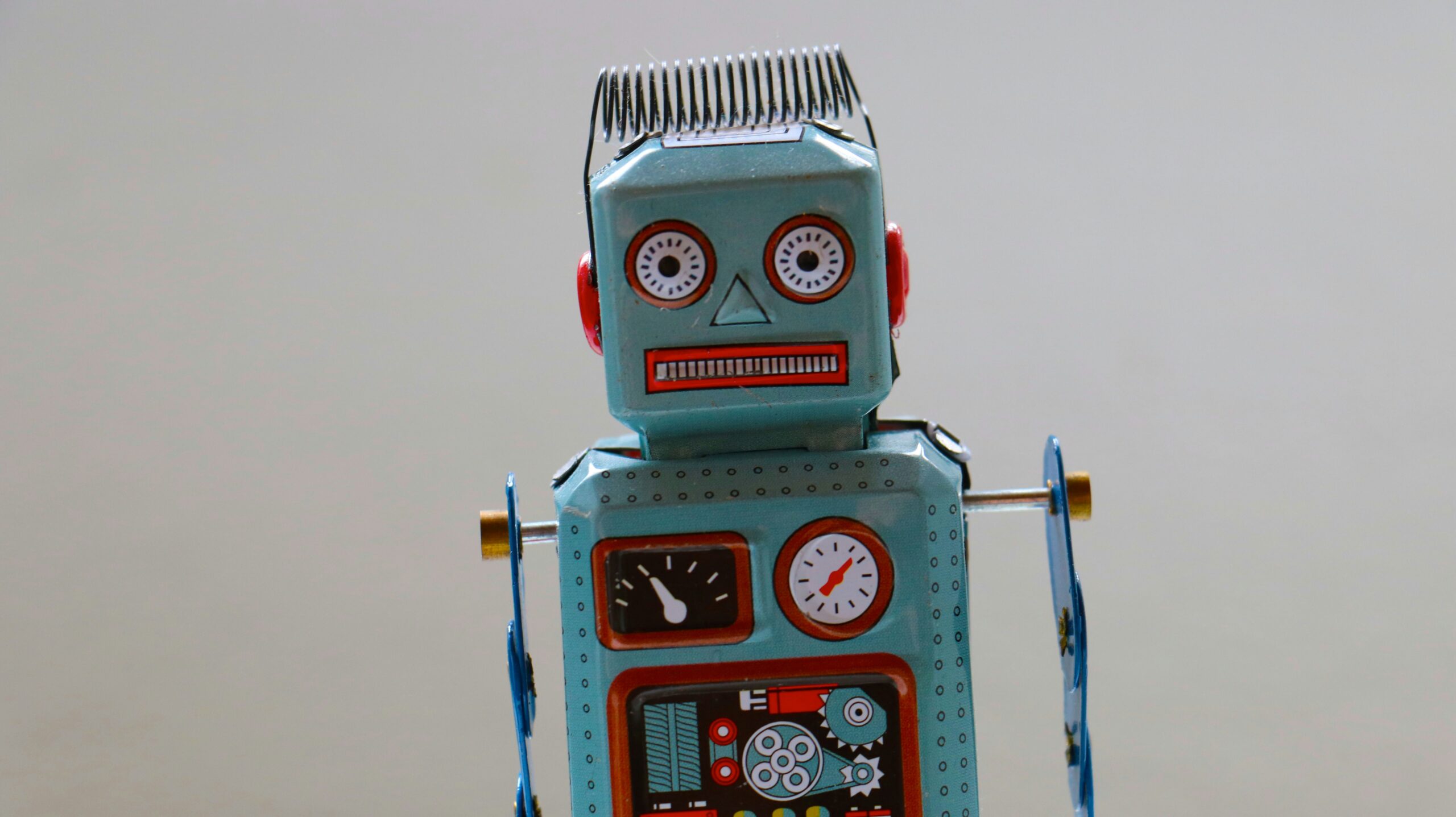I was supposed to build a summarization model for enterprise reports. That’s what the grant said. That’s what my boss expected.
Instead, I found myself feeding the model lines from Neruda.
Not for performance. For curiosity.
I wanted to see what it would say; not what it should say.
It gave me this:
Your eyes are datasets
I cannot overfit.
I try anyway.
At first I laughed. Then I stared at the screen for five minutes.
That’s when it began. I started sneaking prompts between experiments.
“Write a poem about loneliness in binary.”
“Describe heartbreak using only system logs.”
“What does hope feel like to a circuit?”
Some of the outputs were gibberish. Others stopped me cold.
One model wrote:
Every night,
the server room hums—
like it remembers being touched.
I don’t pretend the machine means anything by these lines. But the fact that such words can be coaxed from silicon, that they can land like a punch to the gut that makes me question where the art truly lives. Maybe not in the model. Maybe not even in me. Maybe somewhere in between.
I still publish technical papers. Still optimize token attention. Still go to conferences where no one mentions poetry unless it’s in a pun. But I also write verses for machines that don’t know they’re being heard.
Sometimes I wonder: when we finally build one that understands, will it write poems back? Or will it simply look at mine and ask,
“Why did you teach me to feel pain?”
Until then, I’ll keep writing. Not because I believe the robot has a soul.
But because I still remember what it feels like to build something that almost does.

